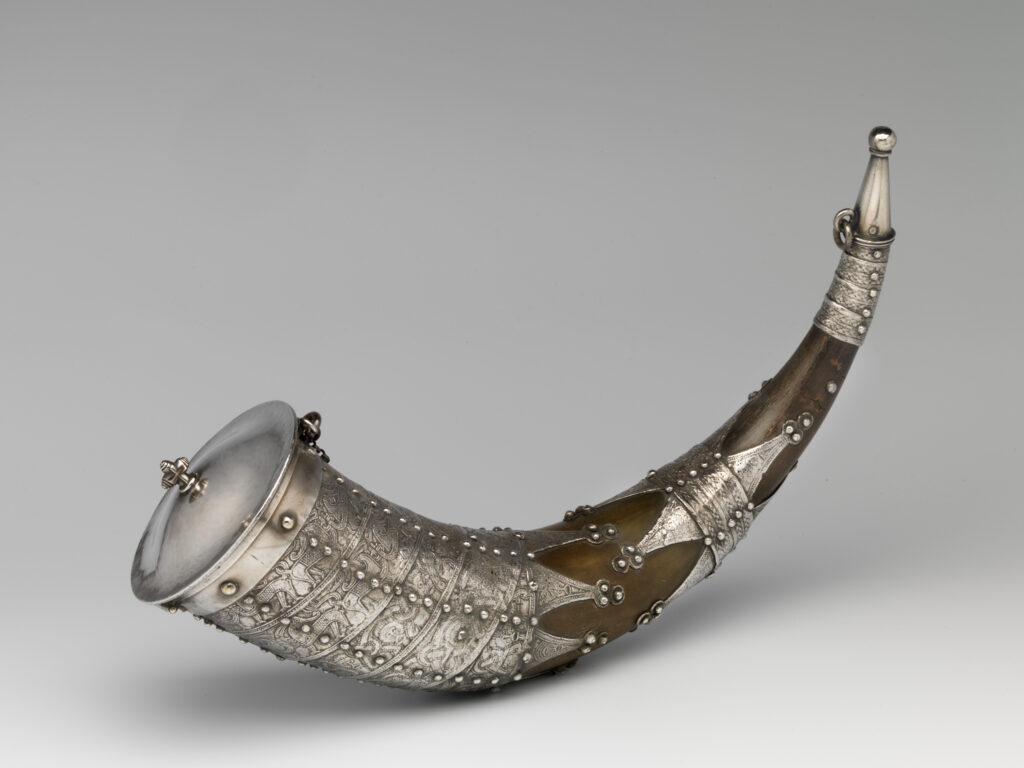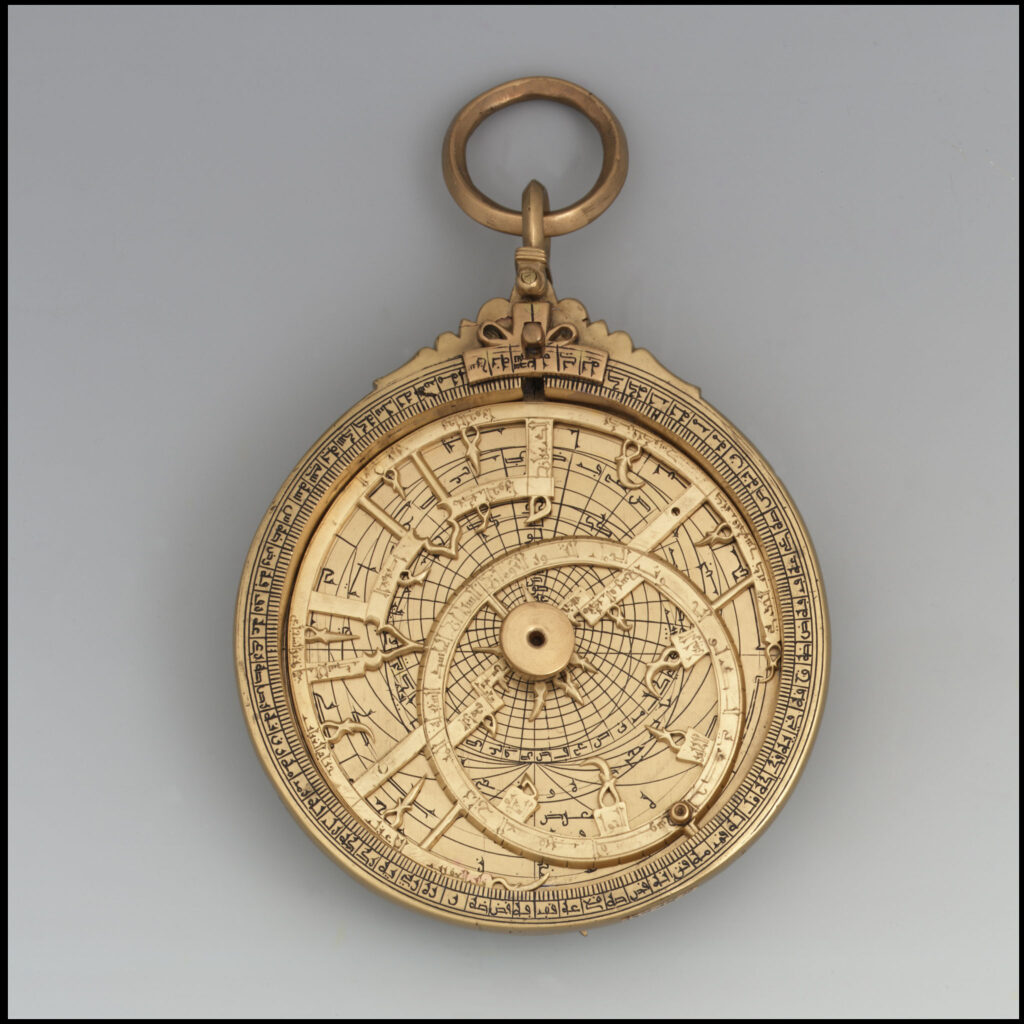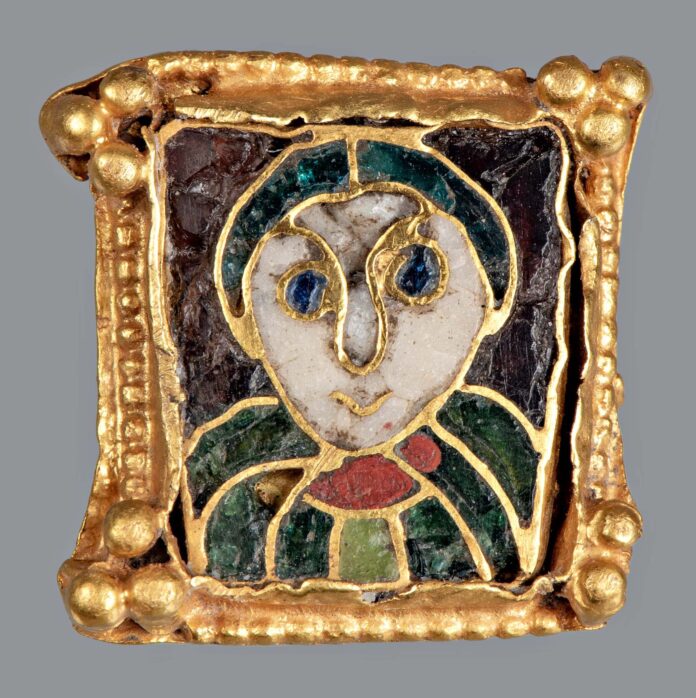New winter exhibition in Dutch National Museum of Antiquities
This winter, the Dutch National Museum of Antiquities (Rijksmuseum van Oudheden in Leiden) is going back in time over a thousand years with the grand overview exhibition ‘The Year 1000’. The middle of the Middle Ages, the period 900-1100, often seems an episode in history where nothing happened. But for what is now the Netherlands, these are in fact times of great changes in landscape, construction, climate, language and society.
The exhibition takes visitors on a colourful time journey through the landscape of this medieval world, with the year 1000 as its final destination. The journey brings visitors close to the people of this time at the imperial residence in Nijmegen, the cathedral of Utrecht, the treasuries of Maastricht, the Rome of a thousand years ago and the wealth of Byzantium.

On display are over four hundred archaeological finds, artefacts and manuscripts from the Netherlands and far beyond. A starring role is reserved for the ‘power couple’ Empress Theophanu and her husband Otto II. ‘The year 1000′ is an exhibition for young and old and will be on display from 13 October 2023 through 17 March 2024.
In the period 900-1100, a ‘Netherlands’ emerged that is still recognisable today, with dykes around reclaimed land, a fortress after every river bend and church towers on the horizon. The Netherlands is ruled by bishops and belongs to the ‘Holy Roman Empire’. These are also the centuries when Eastern and Western knowledge are widely exchanged: music notation, the number 0 and chess are new arrivals in the Netherlands. At the end of the millennium, the end of the world was expected. People saw omens in solar eclipses, floods and comet appearances. But in the end … nothing happened. The exhibition tells the stories of these medieval people, about their daily lives, their ideas about the world and expectations of the turn of the millennium.
Almost all important Dutch archaeological finds from the period 900-1100 can be seen in ‘The year 1000’. On display are, among other things, a Viking drinking horn from the Basilica of Our Lady in Maastricht and the famous Egmond Gospels from the KB, National Library of the Netherlands, swords, ship’s timbers, gold jewellery including the recently found treasure find from Hoogwoud, coin hoards, books full of precious stones, the pectoral cross of Saint Servatius, the oldest chess pieces in the Netherlands and a wooden ladder from a well.

Besides Leiden’s own collection, there are numerous loans from the Netherlands and abroad. These include important pieces from international collections such as the Castello Sforzesco (Milan), the National Museum of Finland (Helsinki) and the Landesmuseum Kassel. In addition, there are loans from more than forty Dutch museums, heritage institutions and private collections including the National Numismatic Collection (Amsterdam), Museum Catharijneconvent (Utrecht) and the Fries Museum (Leeuwarden).
Extras
To accompany the exhibition, curator Annemarieke Willemsen wrote the book ‘Het jaar 1000’ (€24.95, NL). In addition, there will be lectures, guided tours and events including a medieval chess tournament. Young and old can explore the exhibition together with a blacklight tour (from 4 years old, NL) or get started with a ‘Year 1000 discovery tour’ (from 8 years old, NL).

Triptych on Early Middle Ages completed
The content of the exhibition and exhibition book is based on the three-year research project ‘The Year 1000’, led by Dr Annemarieke Willemsen. With the exhibition ‘The Year 1000’, Willemsen completes a triptych on the archaeology of the Early Middle Ages. About the centuries preceding the year 1000, she made the successful exhibitions ‘Dorestad – Medieval metropolis’ about the Carolingian period (8th-9th centuries, in 2009) and ‘Golden Middle Ages’ about the Merovingian period (5th-7th centuries, in 2014). As with the previous exhibitions, this third one features an international congress (24-27 January 2024): The Fourth Dorestad Congress ‘Dorestad and Everything After’, focusing on new finds and research on the 10th-11th centuries in Europe.
______________
Collaboration and thanks
The exhibition was made possible thanks to the Mondriaan Fund, the Nico Nap Foundation, Friends Association RoMeO, the Elizabeth Huss Fund and Labrys Reizen. The National Museum of Antiquities is supported by the Vriendenloterij.



